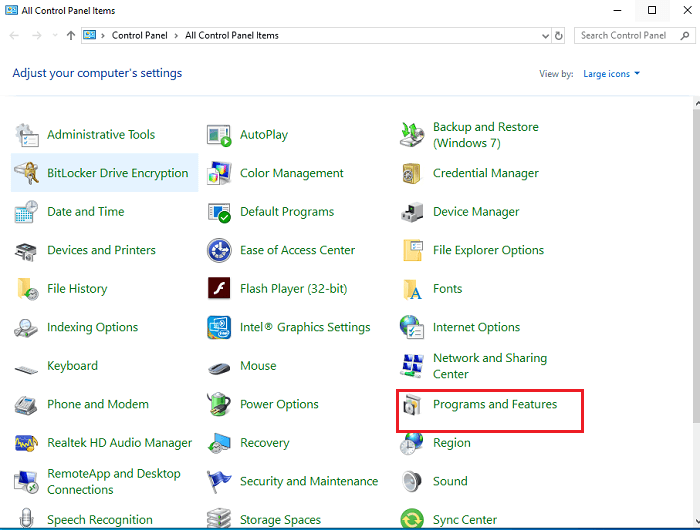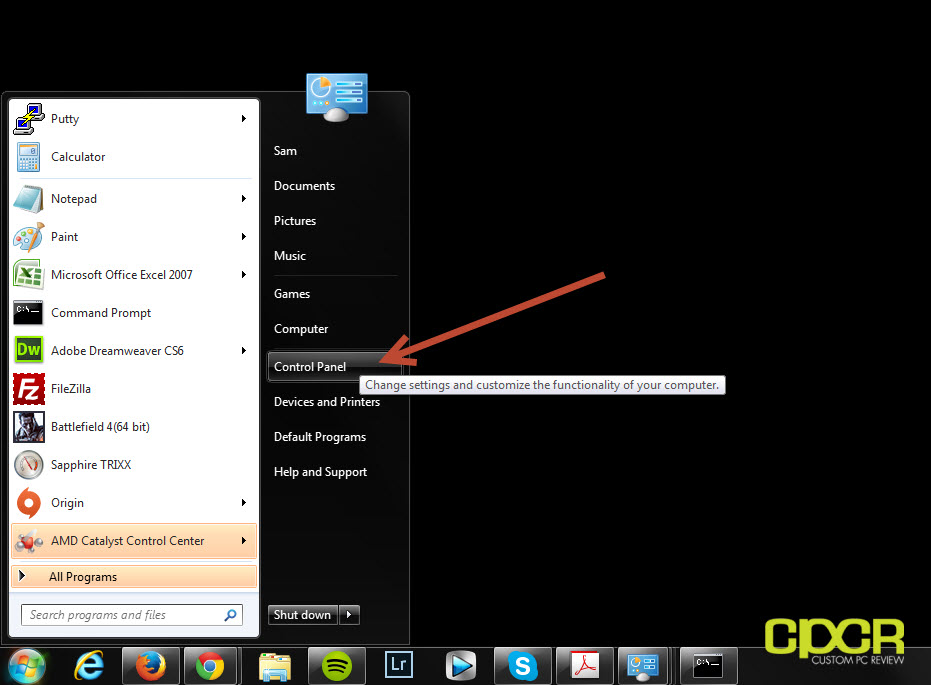
If you added the device to your system through an installer (as is the case with most graphics card and sound card drivers, for instance), you can uninstall it just as you would any other program. When you need to uninstall a driver completely, the best and safest method is to use the device’s uninstaller program (if it has one). If you see that message, you should reboot your computer as soon as possible. You may then receive a notification that the system settings have changed, and Windows will ask you to reboot. Use the Properties menu to uninstall your driver software or roll back to a previous version.Īt this point Windows will automatically remove the current driver for the device and reinstall the previous driver. Click Yes to begin the roll-back process. A dialog box will ask you to confirm your decision to roll back to a previous driver.Double-click the problematic device to bring up the Properties window.Find and double-click the category of device causing the issue (for instance, the graphics card would be listed under Display Adapters).Click Start, type Device Manager, and press Enter.Microsoft has introduced an easy way to roll back to a previous (and, you hope, more stable) version of the driver, or remove it from the system altogether, giving you a clean slate to try again or install a different version.


Thankfully, when you prepare yourself for battle with a problematic driver, you have a couple of tricks that can help.


 0 kommentar(er)
0 kommentar(er)
